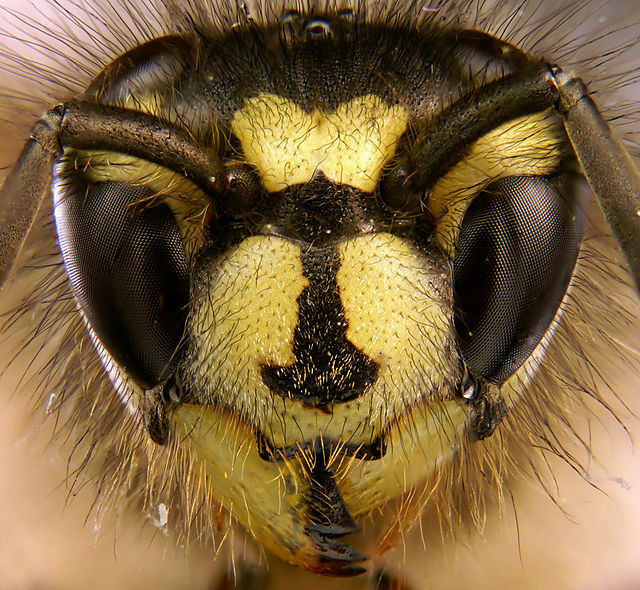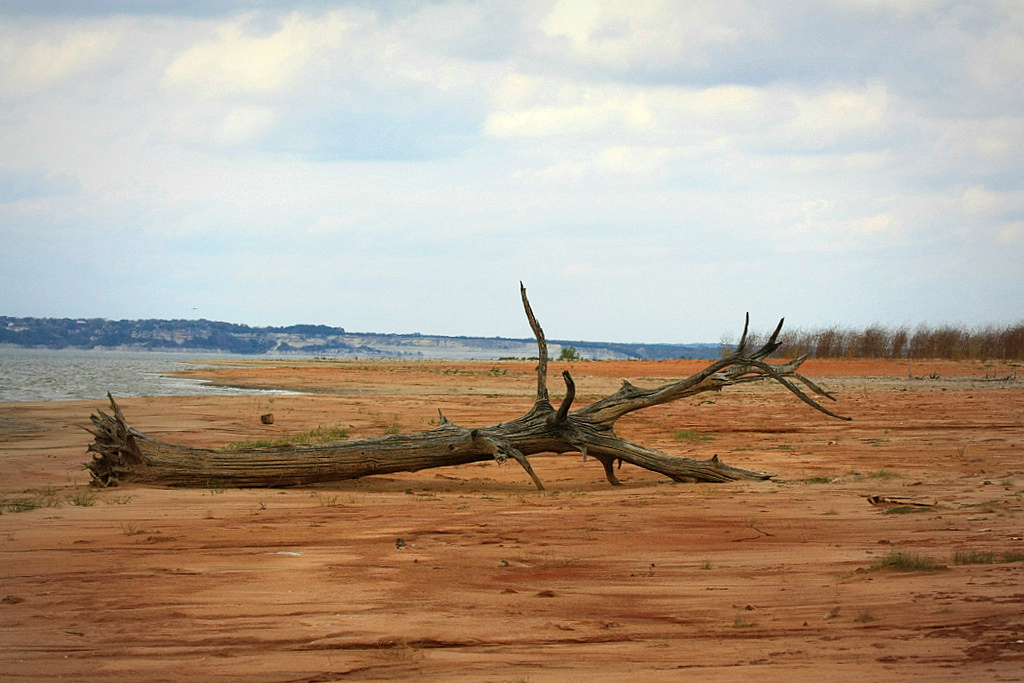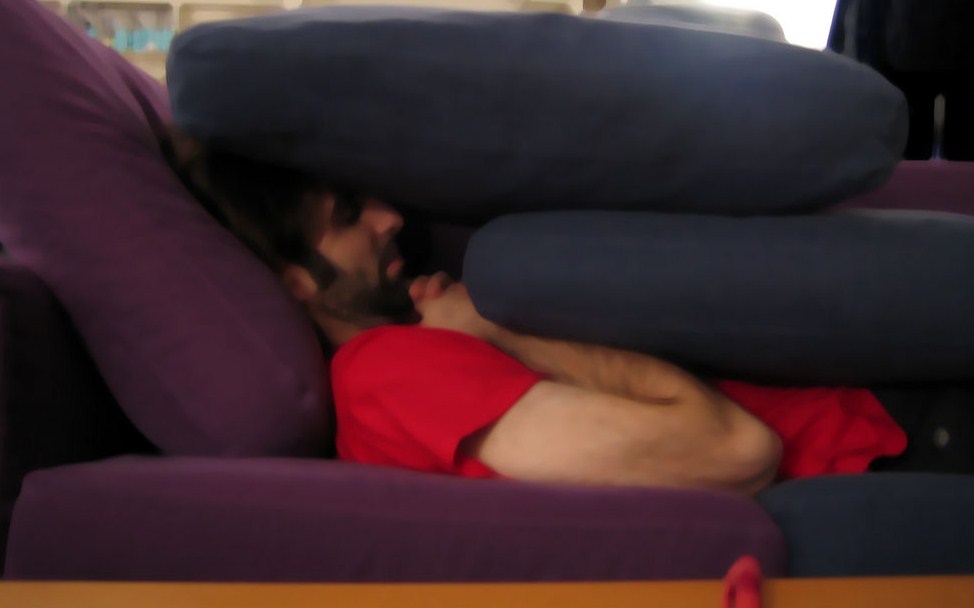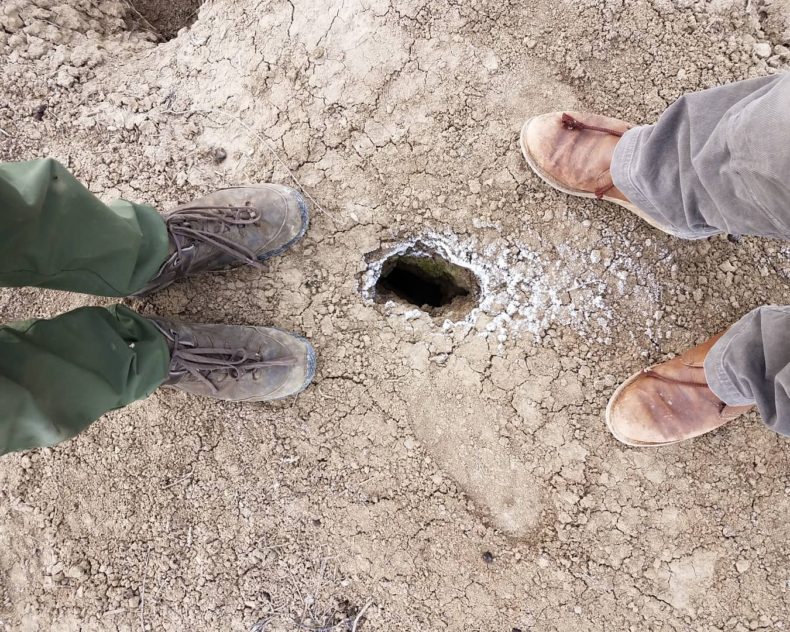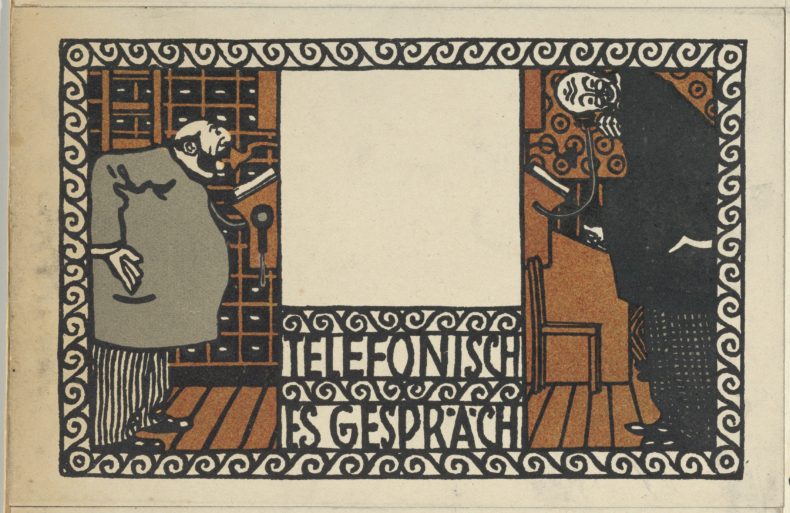
Last summer my iPhone went kaput, the victim of a bass-fishing accident and a case that proved to be, upon close review of fine print, water-resistant rather than water-proof. The distinction was not semantic. When the screen turned fuzzy red plaid, a color and pattern better suited to a kilt than to liquid crystal, I knew it was over. I was back on the cellular market.
Truth be told, the drowning felt less like a tragedy than it did an intervention. My iPhone had been a saboteur, the seditious Wormtongue to my weak-willed Theoden: My attention span had contracted, my sleep hygiene had deteriorated, and my propensity for blithely stumbling into traffic had become an existential threat. I’d developed junkie-like behaviors, excusing myself at parties to take a quick bathroom hit of Facebook or Gmail. Worst of all was Twitter’s poisonous intravenous drip. One quick injection of its negativity — on line at the bakery, between innings at a baseball game — was enough to induce a lingering state of distracted dread.
Thus it was with considerable relief that I walked into a Verizon store and asked the salesman to show me his dumbest phone. He raised an eyebrow and led me to a remote corner, far from the iPhones and Galaxies and Droids. Three clunky flip phones stood on plastic stands, open at their hinges like steamed clams. I settled on an LG Exalt LTE flippie, a slim gray briquette the size and feel of a deck of cards. So long, Youtube. Fare thee well, Amazon. Like Nirvana and Clapton before me, I would reach new heights by going unplugged.
Continue reading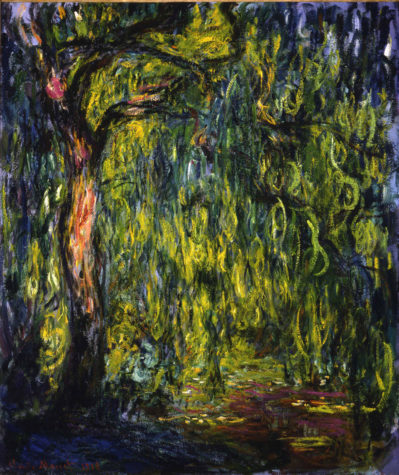 When I die, I want to be gently curled into the fetal position and put into one of those biodegradable pods from which a tree of my choice will grow. (I’m thinking weeping willow, for the drama of its wild hair, or maybe something ancient and delicious-smelling like a magnolia.)
When I die, I want to be gently curled into the fetal position and put into one of those biodegradable pods from which a tree of my choice will grow. (I’m thinking weeping willow, for the drama of its wild hair, or maybe something ancient and delicious-smelling like a magnolia.)